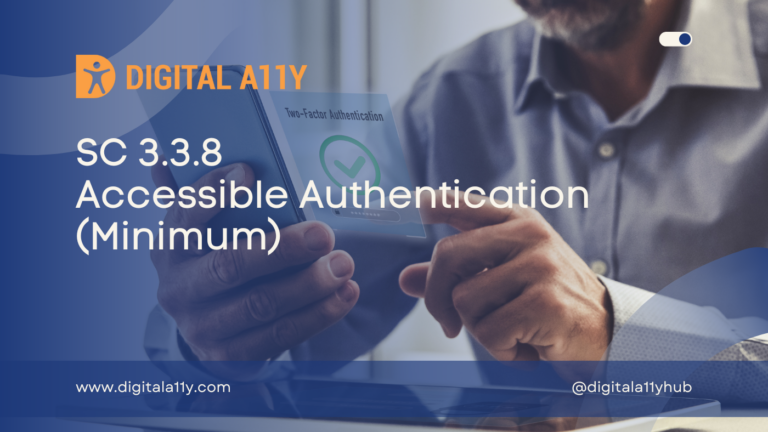Understanding WCAG SC 3.3.7 Redundant Entry (Level A)
The goal of this success criterion is to make the processes where repeated steps are found easier by: For example, a checkout flow in an e-commerce site asks shipping address and billing address to be entered. If both the addresses are the same, the site can provide a “My shipping address is the same as…





